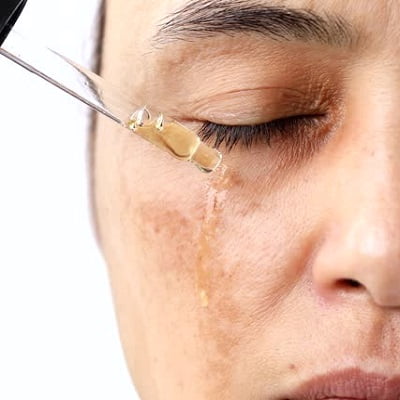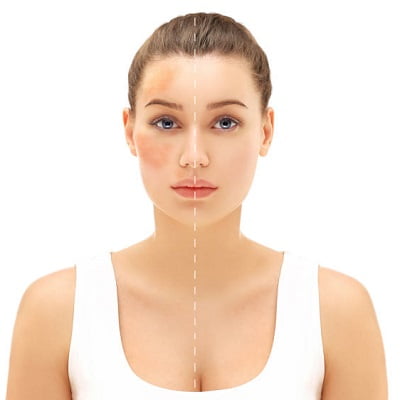Skin problems include skin discoloration which is caused by a secretion of too much melanin which is a pigment that determines shade. Pigment abnormalities in hyperpigmented conditions such as trauma, sun exposure, acnes, hormones or inflammation, can occur to anyone and leave the shell blotchy or patchy with darker colourations. In order to learn more about how to fade hyperpigmentation fast? Read this blog.
Understanding Hyperpigmentation:
Before diving into Hyperpigmentation treatments, it’s essential to understand the types of melasma: There exist several types of peel discoloration hence before developing any procedure, it is crucial to review them.
Post-Inflammatory Hyperpigmentation (PIH):
Birthmarks Acne scars Pigmentation Open wounds Sun tanning lamp shot the human face is a map of some of these blemishes:
Melasma:
Melasma is normally precipitated by hormonal changes and is characterized by brown or gray-brown on the epidermis area of the face. Or when you are pregnant or whenever you use some other contraceptive methods in order to prevent pregnancy.
Sunspots (Solar Lentigines):
They are also called liver stains or age marks and ‘are flat and brown in color due to overexposure to UV radiation.’
Fast-Acting Methods to Fade Hyperpigmentation
Topical Treatments:
Blemishes are one of the most easily treated skin conditions using topical technique.
Vitamin C: This is a brightening antioxidant which functions by inhibiting the melanin that leads to making the skin darker. When applying the vitamin C a more stable form should be used such as the L-ascorbic acid.
Retinoids (Retinol, Tretinoin): It is pointed out that with retinoids it is possible to enhance the rate of skin exfoliation as it promotes shedding of the dark complexioned shell cells.
Alpha Hydroxy Acids (AHAs) and Beta Hydroxy Acids (BHAs): While glycolic acid is an example of AHA it works to exfoliate the skin; it washes off pigmented cells with fresh skins revealing them.
Niacinamide: This form of vitamin B3 is used to protect skin cells from transferring melanin to surface cells in order to lighten pigmented areas as well as helps in rejuvenating due to its ability to reduce skin’s roughness and enhance its tone.
Hydroquinone: A good bleach though the procedure is selective in the elimination of the skin’s color and also efficient in controlling melanin production.
Chemical Peels:
- Chemical peels involve the use of acids such as glycolic, lactic or salicylic to peel in a deeper manner.
- If only light peels are needed, this means that the surface will have to undergo multiple peel sessions; If deeper peeling is done, improvement is usually seen after several procedures.
Laser Treatments:
- These methods are a popular method in the removal of laser tan and other forms of dark blots which include Fractional Laser or Intense Pulsed Light (IPL) therapy. The above techniques involve the use of some chemicals that are applied on the skin to remove the pigmented cells without harming those neighboring cells.
Miconeedling:
- Miconeedling is a process of creating micro-injuries on the skin using fine needles so as to act as a signal to produce collagen and elastin. In addition to such usage, it also assists in eradicating the formation of uneven skin patches and enhancing its color and quality.
Sun Protection:
- It is essential to apply sunscreen daily. One has to realize that UV rays can aggravate the skin condition and even reverse the benefits accrued from methods
- It is recommended to choose a broad-spectrum sunscreen with 30 or higher and use it liberally, including in case a person goes outside wearing a hat or staying outdoors only for several minutes.
Tips for Preventing Freckles
- Maintain a Consistent Skincare Routine
- Stay Hydrated and Eat a Balanced Diet
- Manage Hormonal Imbalances
Final Thoughts:
Skin discoloration is always a very irritating condition and this is why it can take a long time and many attempts to get a beautiful epidermis. Still, considering those factors, you have to know that the effectiveness might be different depending on shell needs and the factors leading to pigmentation issues. So, always remember that the procedure available to you must be unique to your needs. From individual care treatments to the latest techniques, the team that is at SKN Cosmetic Surgery will guarantee the client safe, effective and permanent solutions.





